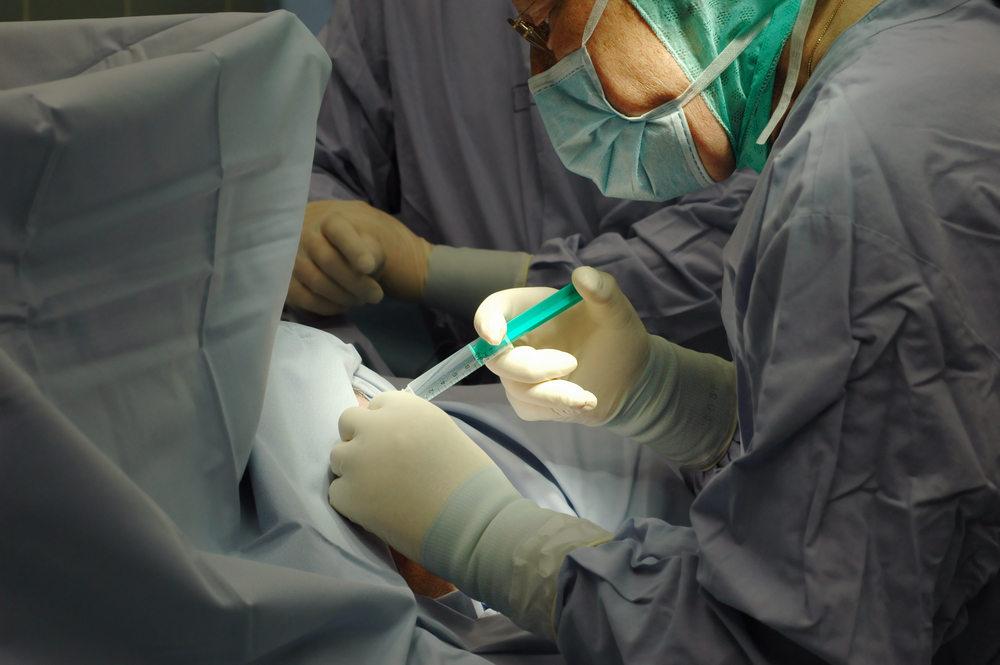
WALANT (Wide Awake Local Anesthesia No Tourniquet) is a technique used in hand surgery that allows for procedures to be performed under local anesthesia without the need for a tourniquet. This method has gained popularity for its several advantages, including improved patient experience, reduced healthcare costs, and efficient use of resources.
WALANT offers various benefits, such as reducing the risks associated with general anesthesia, minimizing post-operative pain, and enabling immediate patient feedback during the surgical procedure. Additionally, it allows patients to avoid the potential side effects of systemic anesthesia and facilitates a faster recovery, enabling patients to return to their daily activities more quickly.

Dos
Don'ts
Recovery is a process. It takes time, patience and obviously rest.


